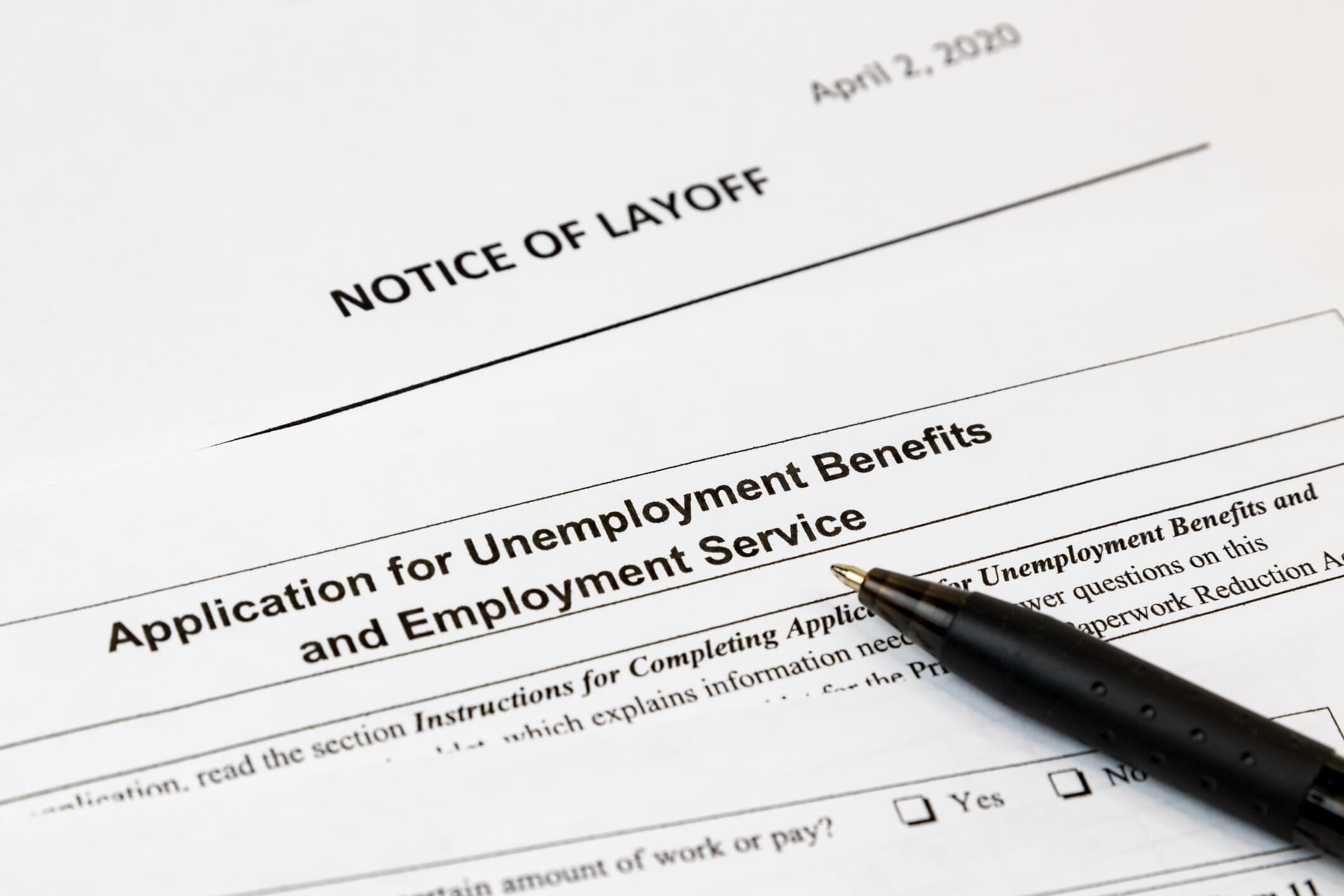Every time in the news they talk about the labor market situation, we put our hands in the head. There are many kinds of unemployed and, therefore, in our country it is difficult for unemployment to fall by 8% even in the most buoyant years. For you to understand, we explain what types of unemployment exist.
First of all, it is important that you have two concepts clear. On the one hand, an unemployed person is a person who is part of the active population, is of working age and cannot find a job, although he wants to work.
On the other hand, the unemployment rate measures the relationship between the number of unemployed and the total active population. In other words, it reflects how many people in 100 cannot work. For example, unemployment in the US was 16.55% during 2017. This means that almost 17 people out of 100 did not find a job.
Structural unemployment
This kind of unemployment corresponds to a sustained mismatch between labor supply and demand. It is a long-term unemployment that does not diminish or disappear through employment creation measures based on increasing demand. It is usually related to the rigidities of the labor market and the inability to solve them, as well as the technological advances that make a part of the active population obsolete.
Structural unemployment is between 15% and 18% in the US, according to data from the Foundation of Savings Banks. That is why it is very difficult for total unemployment to fall below this percentage without special measures, and there are two ways to solve the problem:
On the one hand, social welfare policies, such as the reduction of working time, professional recycling or income redistribution measures such as universal basic income or insertion income.
On the other hand, the policies that propose the flexibility of the labor market (that is easier to hire and fire workers) or the reduction of labor costs (lower salaries) so that more people can access the distribution of wealth, among other measures.
Cyclic unemployment
It is directly related to the economic cycle in which we are. This kind of unemployment increases during times of crisis due to the worsening economic conditions. On the contrary, it decreases when a bonanza stage occurs.
For example, between 2008 and 2013, during the worst years of the crisis, cyclical unemployment skyrocketed in the US. As the economic situation has improved, the rate of cyclical unemployment has been reduced.
Seasonal unemployment
In an economy that depends heavily on tourism, seasonal unemployment affects significantly. This form of unemployment exists because certain economic activities only need labor at certain times of the year. Thus, in summer the tourism sector needs many workers and, when September arrives, these temporary employees return to the ranks of unemployment.
One way to mitigate the effect of this unemployment is to diversify the productive structure of a country so as not to depend too much on seasonal activities.
Frictional unemployment
The frictional is one of the most particular types of unemployment that exist. It reflects the number of people who do not work voluntarily, either because they are rotating between jobs, studying or looking for a better job, among other reasons. It is also possible that there is a labor mismatch: a difference between the characteristics of jobs and workers.
For example, it occurs when a recent graduate in computer science rejects the first job he finds as a mason and hopes to get a job more in line with his preparation and expectations. Or when a doctor of philosophy decides not to work in a restaurant while finding a position in line with his professional training.

About Complete Controller® – America’s Bookkeeping Experts Complete Controller is the Nation’s Leader in virtual bookkeeping, providing services to businesses and households alike. Utilizing Complete Controller’s technology, clients gain access to a cloud-hosted desktop where their entire team and tax accountant may access the QuickBooks file, critical financial documents and back office tools in an efficient and secure environment. Complete Controller’s team of US based accounting professionals are certified QuickBooks™️ ProAdvisor’s providing bookkeeping, record storage, performance reporting and controller services including training, cash-flow management, budgeting and forecasting, process and controls advisement, and bill-pay services. With flat rate service plans, Complete Controller is the most cost effective expert accounting solution for business, family office, trusts, and households of any size or complexity.



